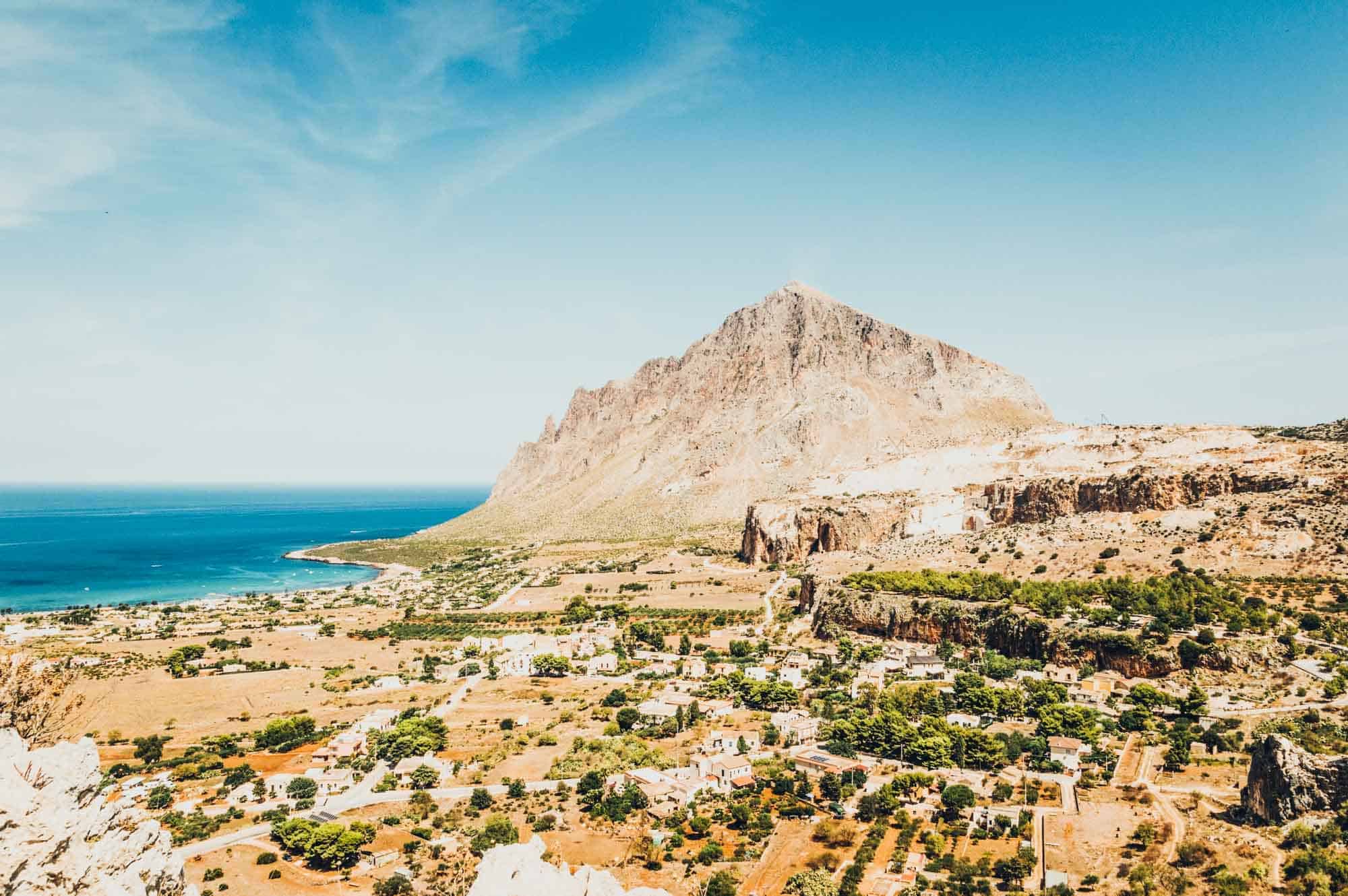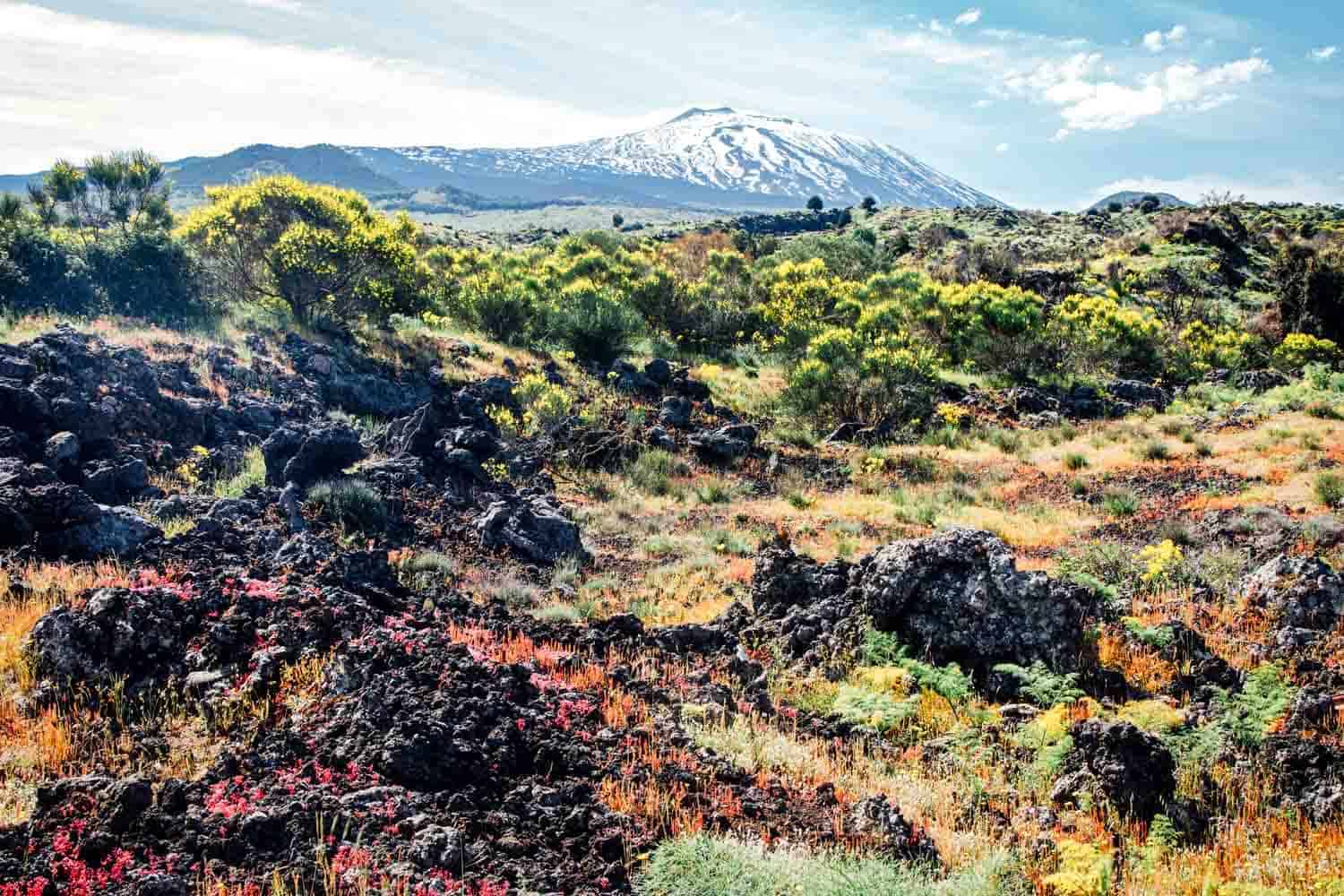The Magical Manna Tree of Sicily
“If someone should spend just one day in Sicily and ask; What should I visit? I would answer without hesitating… Taormina… This small village is only a landscape, yet a landscape where you can find everything to seduce your eyes, your spirit, your imagination.”
~ Guy de Maupassant, French writer, on Taormina
The largest island in the Mediterranean, Sicily boasts dramatic coastlines with volcanic hills rolling through agricultural landscapes. The land like Maupassant realized is the highlight of the visit. Intermittent between the volcanic topography is an abundance of fertile ground, with stunning forests and parks dotting the island. Growing along these green spaces, is the famed Manna tree, which grows in the Madonie mountains of Sicily.
In July and August, the Manna tree’s resin is harvested and collected for many uses, the most popular being medicinal. Just before the end of summer, small gashes are cut in the trunks of these precious trees. These incisions will eventually produce a sap that flows out during the hotter part of the year. The sun will solidify the sap and once dried it is harvested. This process must be cared for meticulously, as even the slightest precipitation and the precious resin can disintegrate.

Harvesting Manna
Collecting the Manna has become much of a dying art, with only a few farmers still practicing the trade. This makes it truly unique to the island and is one of the reasons traveling and learning about the different regions of Italy is so important in learning more about the differences between the country as a whole. Harvesting has special tools that are used to carefully collect the Manna. There is a “Cannolo” or cream bar, which is the highest quality for example. Manna Eletta is also a coveted form, usually the most valuable and pure, it is an icicle shape and is certified by the Italian Minister of Agriculture and Forests as a traditional food product.
The “nectar of the gods”, Manna has a distinctive sweet taste. Manna is thought to be a cure for all kinds of maladies. While this ingredient is written in texts and literature throughout time, most famously the bible, the truth is that it is a simple product with notorious usage. It contains only about 3% glucose, which makes it a healthy ingredient for diabetes. It’s predominantly mannitol, which is a specific type of sugar that is absorbed slowly.
Because of the historical significance, along with the manner of how it is harvested, Manna has found a home in the Slow Food movement. Walking among the Ash trees, learning about the methods of Manna from generations of experts is a wonderful way to connect with nature and immerse yourself into an aspect of Slow Food culture in Italy.
What is the Slow Food Movement and how is Manna related to it? What was once thousands of hectares of Manna trees in the Northwest of Sicily is down to about 250 hectares left implementing this cultural and natural heritage of collecting Manna. Because of how it is cultivated, it is a perfect candidate for slow food designation. Slow Food is a movement that started in Italy, attempting to highlight gastronomy that stays local, seasonal and traditional. The philosophy is that in a fast-paced world that is ever-changing, having agriculture that is more in sync with the ecosystems is a beneficial method of feeding the masses. Ingredients like Manna are incorporated into the Slow Food movement to remind consumers about community traditions and cultural activities that are deeply rooted in a region. By learning more about these unique cuisines, it keeps us connected to the background of the location in which we visit. The Slow Food Movement is a way to show visitors that food can be a time-honored art form.

The Benefits of Manna
In addition to being a sweetener for diabetics, it is also known for helping gastrointestinal issues. Manna has also been rumored to cure liver disease, allergies, and all sorts of ailments but there isn’t much scientific research to back up these claims. The stories of the miracle of Manna, it’s antioxidant nature along with beneficial minerals, is what keeps this as a secret ancient ingredient. What it can be used for is in baking and cooking, in lieu of sugar, for cakes or even ice creams. On a hot summer day, taste a Manna flavored gelato!
Not only is the product of the Manna Tree used for consumption, but it is also found in things like cosmetics and other beauty products.
While the harvest is for a short period at the end of summer, you can learn about Manna all year round and experience it first hand when you visit Sicily. Exploring Sicily with Experi will give you a glimpse into the agricultural Mediterranean life and a true taste of the region.
